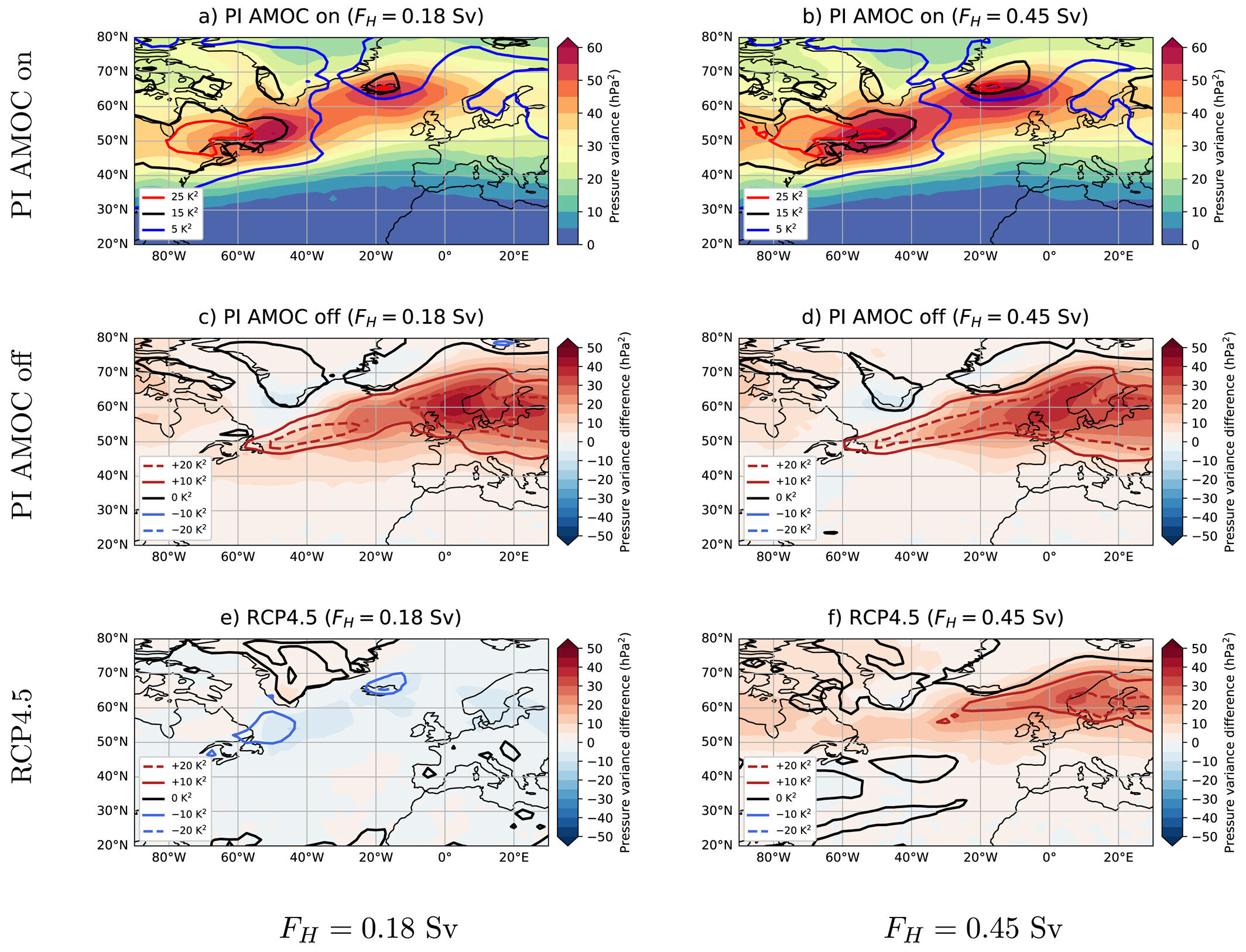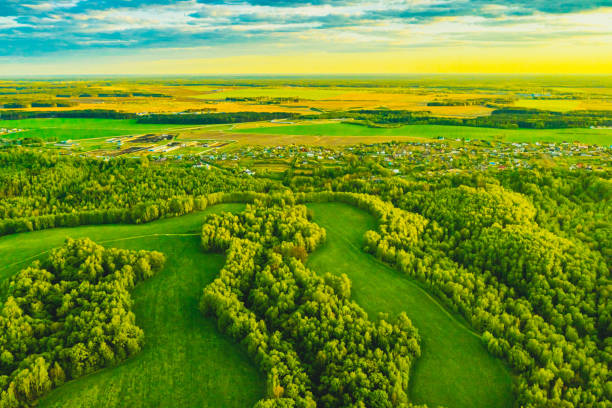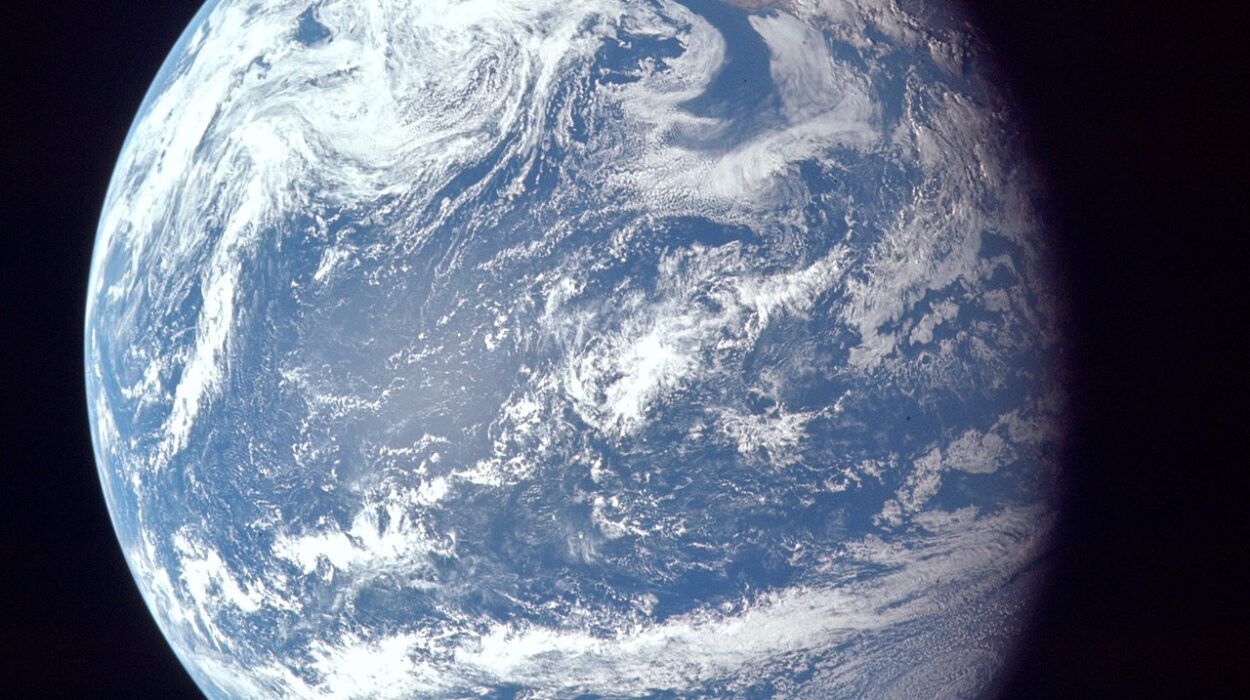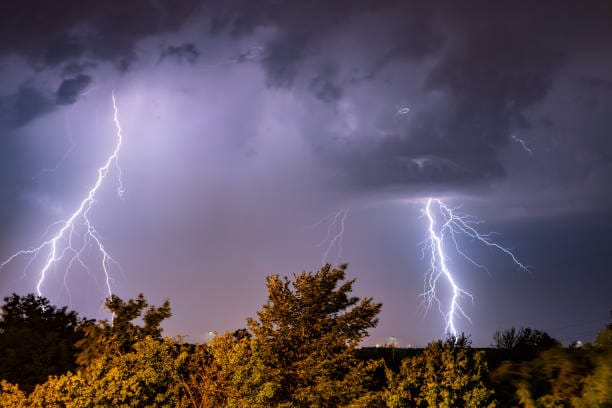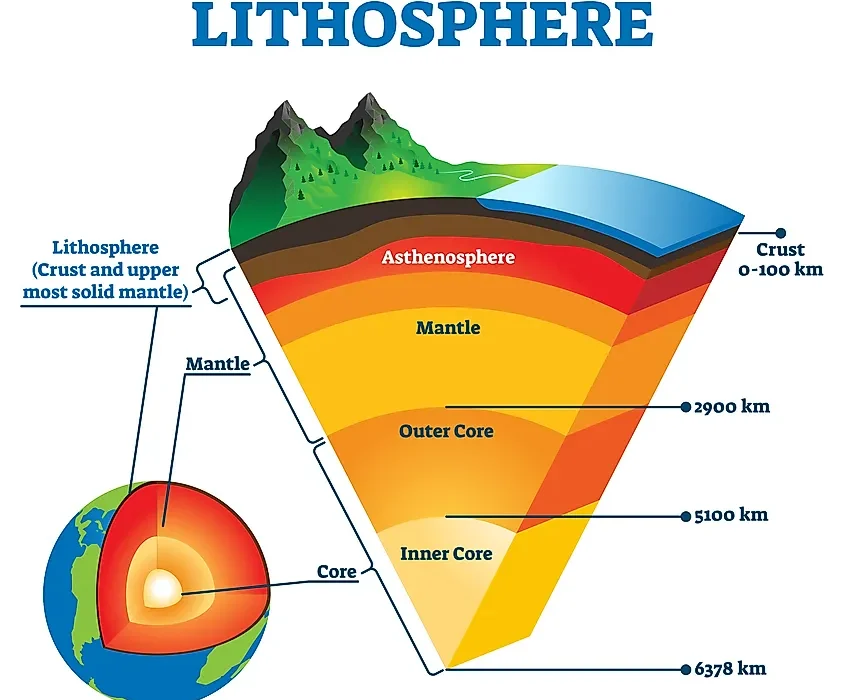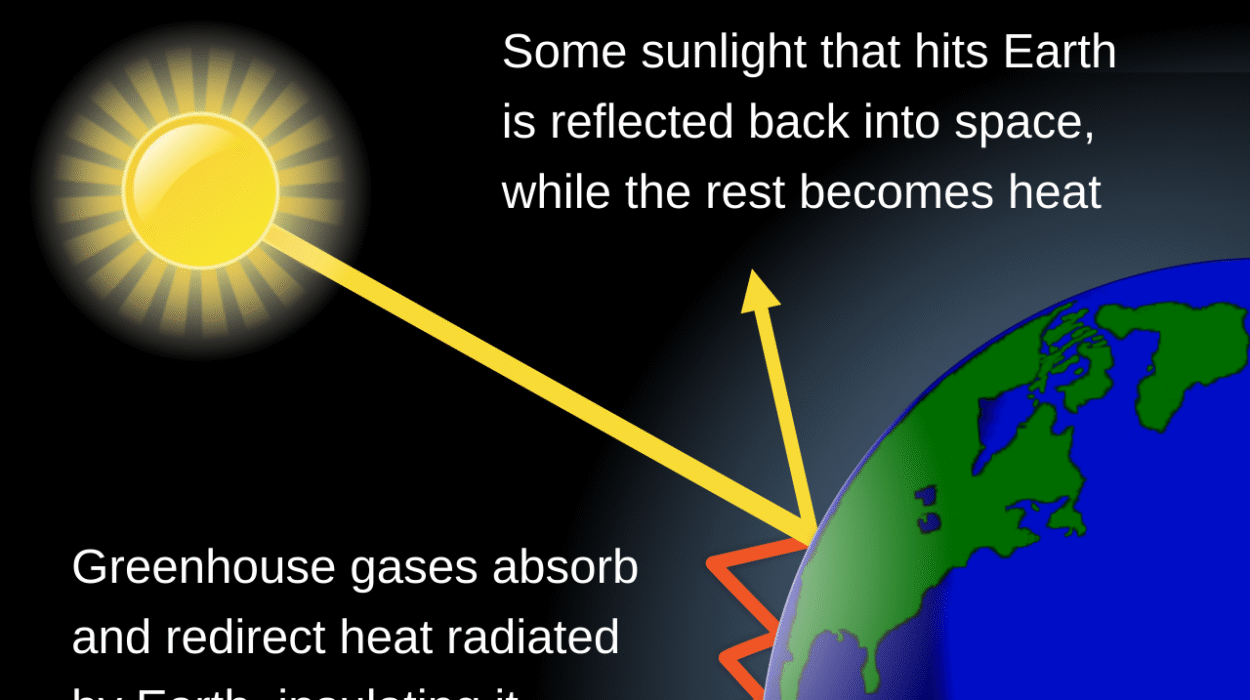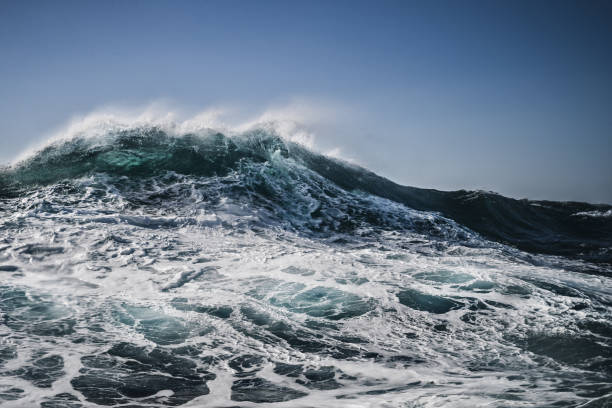Imagine waking up in London to a bitter -19°C morning, icicles hanging from telephone wires, the Thames frozen solid. Picture Oslo trapped in deep freeze for half the year, snow piled higher than street signs, the sun casting a pale glow over an Arctic-like city. And Edinburgh? Plunged into a polar nightmare at -30°C, its medieval buildings creaking under the weight of relentless cold.
This isn’t a scene from a science fiction thriller. It’s a glimpse into what Europe could face if one of Earth’s most vital climate regulators—the Atlantic Meridional Overturning Circulation, or AMOC—grinds to a halt.
In a new study published in Geophysical Research Letters, Dutch meteorologists René van Westen and Michiel Baatsen have used high-resolution climate simulations to reveal how catastrophic a collapse of the AMOC could be. The results are dramatic, counterintuitive, and frighteningly plausible: as global temperatures rise, parts of Europe could paradoxically become far, far colder.
The Hidden Engine Beneath the Waves
The AMOC may be invisible to the eye, but it quietly powers much of the planet’s climate engine. It’s the ocean’s great conveyor belt, transporting warm water from the tropics northward across the Atlantic, and returning cold, denser water southward deep beneath the surface. This vast loop not only helps moderate Europe’s mild winters but also shapes weather patterns, precipitation, and sea levels on both sides of the ocean.
But that conveyor is under threat. As global warming melts glaciers and polar ice, more freshwater pours into the North Atlantic. That freshwater is lighter and less salty, disrupting the delicate density-driven engine that keeps the AMOC moving. If too much freshwater enters the system, the circulation could weaken—or collapse entirely.
For decades, climate scientists have warned of this tipping point. Now, with real-world temperatures inching past critical thresholds, van Westen and Baatsen’s work offers one of the most detailed looks yet at what such a collapse would mean for Europe.
Europe in Deep Freeze
Using advanced climate models, the Dutch researchers simulated what would happen under a warming scenario of 2°C above pre-industrial levels—a temperature that the planet is on track to hit within decades if emissions remain unchecked.
Their model showed the AMOC slowing dramatically, to the brink of a full stop. With the Atlantic no longer pumping warmth northward, winter temperatures across Europe plummeted.
In the simulation, the United Kingdom found itself under a frostbite-inducing blanket of cold. Edinburgh, usually moderated by the ocean’s influence, dropped to lows of -30°C. London, not known for extreme winters, saw minimums of -19°C, with more than two weeks of continuous sub-zero days.
Scandinavia suffered even worse. Oslo entered a semi-permanent winter state, clocking in nearly 180 days of below-freezing temperatures. In some corners of Norway and Sweden, the mercury plunged to -50°C—colder than parts of Siberia.
The research team also noted an eerie shift in seasonal contrast. Summers remained relatively unchanged—because land-based temperatures during warmer months are less influenced by ocean currents. But winters became brutally harsh. The result: a Europe of summer gardens and winter wastelands, with a climate divided against itself.
A Storm of Consequences
This wintry scenario is just one ripple in a cascade of disruptions caused by AMOC collapse. Other models, including those referenced in the new study, have suggested that such a slowdown would also reduce rainfall across large parts of Europe, increase droughts, and accelerate sea-level rise—particularly along the U.S. East Coast and parts of Western Europe.
The sudden imbalance between summer and winter could wreak havoc on agriculture, energy systems, infrastructure, and ecosystems. Crops used to mild winters might fail. Buildings unprepared for extreme cold could crumble under stress. Heating demand would surge, straining power grids. Wildlife might be unable to adapt to the abrupt swings in temperature, leading to mass die-offs or migrations.
Perhaps most concerning, such changes could happen relatively quickly once the tipping point is crossed. The AMOC is thought to be capable of collapsing in mere decades—a blink of an eye in climate terms.
The Delicate Dance of Global Systems
What makes this story so compelling—and so alarming—is its paradox. We think of global warming as bringing heat. But Earth’s climate is a system of interlocked balances. Tug too hard at one thread, and the whole fabric can twist in unexpected ways.
The idea that global warming could bring bitter cold to Europe may sound contradictory, but it reflects the complexity of feedback loops in Earth’s climate. In many ways, the AMOC functions like a thermostat. It doesn’t just warm Europe—it helps regulate the entire Atlantic basin. And like any thermostat, once it’s broken, comfort turns quickly into chaos.
As René van Westen and Michiel Baatsen demonstrate with their meticulous modeling, the story of climate change is not just about averages rising. It’s about the reshuffling of extremes, the redistribution of heat and cold, wet and dry, calm and storm. The AMOC may seem like just one gear in the machine, but it’s a critical one.
The Urgency Beneath the Ice
This research adds to a growing body of evidence that Earth’s tipping points are not distant hypotheticals, but looming threats. While the precise timing of an AMOC collapse remains debated, the signs of weakening are already being observed in ocean temperature trends, salinity levels, and deep-sea current measurements.
Preventing such a collapse requires rapid, global-scale action to limit greenhouse gas emissions and halt global warming before it surpasses the 2°C threshold modeled in the study. Once the system breaks, there may be no quick fix.
In the meantime, these simulations serve as a wake-up call. They translate abstract numbers into visceral scenarios. It’s one thing to talk about ocean currents and degrees Celsius. It’s another to imagine London buried under snowdrifts, or Oslo locked in six months of deep freeze.
A Window into Our Future
In an age flooded with climate warnings, it’s easy to become numb to abstract threats. But van Westen and Baatsen’s study cracks open a frosted window into a tangible future—a version of Europe that looks more like the Arctic than the continent we know.
It reminds us that the climate doesn’t shift gently, but often violently, with cascading effects that ripple through every facet of life. And it underscores that behind every decimal of warming lies a story—not just of temperature, but of civilization, of survival, of how we live on this planet.
The question is not whether the AMOC will collapse tomorrow. The question is how close we are to the edge—and whether we’re still willing to pull back.
Because if we don’t, winter is coming. And it may never leave.
Reference: René M. van Westen et al, European Temperature Extremes Under Different AMOC Scenarios in the Community Earth System Model, Geophysical Research Letters (2025). DOI: 10.1029/2025GL114611
